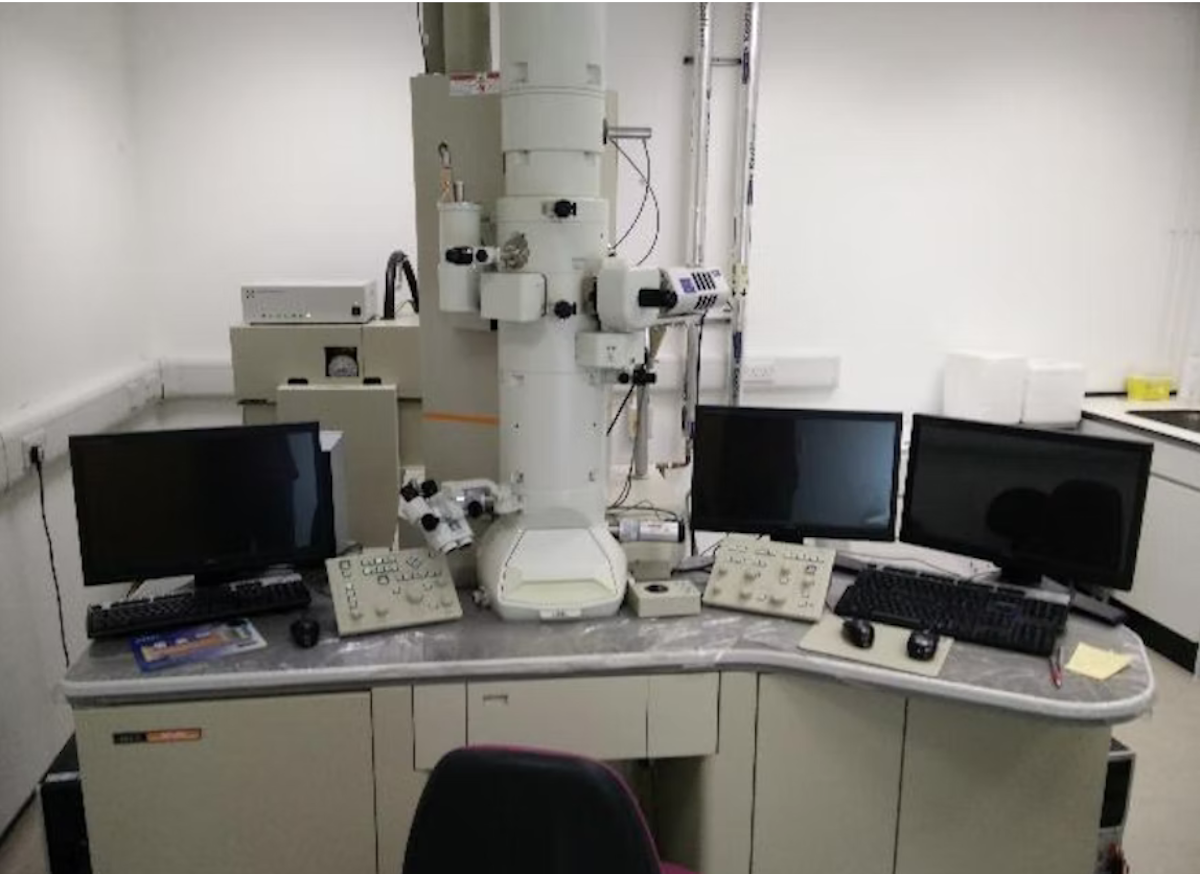Members Login

Channels
Special Offers & Promotions
Can you operate an electron microscope next to a freight train?

Cardiff University celebrates state of the art electron microscopy facility
Can you use a large electron microscope next to a freight train? In this article, Dr. Thomas E. Davies, Experimental Officer with the School of Chemistry at Cardiff University, describes how working with vibration control specialist Mason UK allowed him and his colleagues to overcome the challenges of operating highly sensitive equipment surrounded by vibration-generating activities.
Modern electron microscopes (EM) require incredibly stable environments, so site-selection is everything when it comes to getting the best performance out of the instrument. Imaging and analysis at the atomic level means that any external interference that causes a deviation greater than the dimensions of the atom can be a big problem.
Here at Cardiff University, we had our own set of unique challenges which required a unique solution. The Cardiff Catalysis Institute’s (CCI) Electron Microscopy Facility is located close to both a busy road and 75 metres from Cathays trainline, both a passenger and freight line in constant use 24 hours a day. Early site surveys showed that the vibrations caused by the passing trains would be a big problem and a limiting factor in the performance of the microscope if this was not mitigated against.
Through the building contractors BYUK, we worked closely with vibration control specialist Mason UK to develop a solution that would meet the strict requirements of the new microscope. Mason put together a design that would allow it to work as intended, despite the continuing presence of passing traffic and trains.
The electron microscope is susceptible to resonances below 10 Hz, with vertical vibrational interference leading to focal spread, and horizontal interference causing scan noise and ultimately effecting the maximum achievable resolution. Air springs typically achieve natural frequencies of sub 2Hz, but it is possible for well-engineered systems to go even lower.
Air springs are usually used in conjunction with an inertia base. Equipment is mounted on a steel or concrete inertia base which provides mass and stability. The air springs are akin to rubber carcasses, which are pressured via gas cylinders. When fully pressurised, the air springs raise the inertia base and the electron microscope up, breaking any transmission path for vibration.
Mason designed and installed an air spring suspended inertia base of approximately 10,500 kg, which in turn held the weight of the microscope resulting in a total mass of 14,000 kg. The system itself is not an off-the-shelf product, as it is typically necessary to design and engineer a bespoke set up that takes into account space constraints and architectural considerations, among other factors.
In this instance, the installation was further complicated by the need to integrate the floating block with the continuous electromagnetic shielding lining the entire room, but this was handled flawlessly by the Mason team and a suitable design implemented.
The specification provided to the contractor had called for VC-E levels of vibration isolation, but our aim was for a vibration criterion of VC-G. Remarkably, the final design exceeded expectations and delivered a measured level of VC-H/I. After a smooth installation Mason continued to work with us to fine-tune the properties of the block to minimise cross-talk and maximise performance, and this has resulted in a world class, state-of-the-art ultra-quiet electron microscopy suite.
Mason UK were on hand every step of the way to advise and adapt the design as new problems arose and we are really pleased to have worked with them on this project. Their expertise was first class and they completely understood our performance needs. They stepped up to the challenge and helped us deliver Cardiff University’s first and most advanced EM facility that will drive research and innovation and is set to be a new era for microscopy at the CCI.
Dr Thomas Davies would like to thank the European Regional Development Fund (ERDF), the Welsh European Funding Office (WEFO) and The Wolfson Foundation for their funding and support.
Mason UK is a specialist in vibration isolation products for architectural noise control, mechanical and electrical (M&E) systems and HVAC isolation. They also specialise in the design, supply and installation of floating floor systems.
Media Partners


